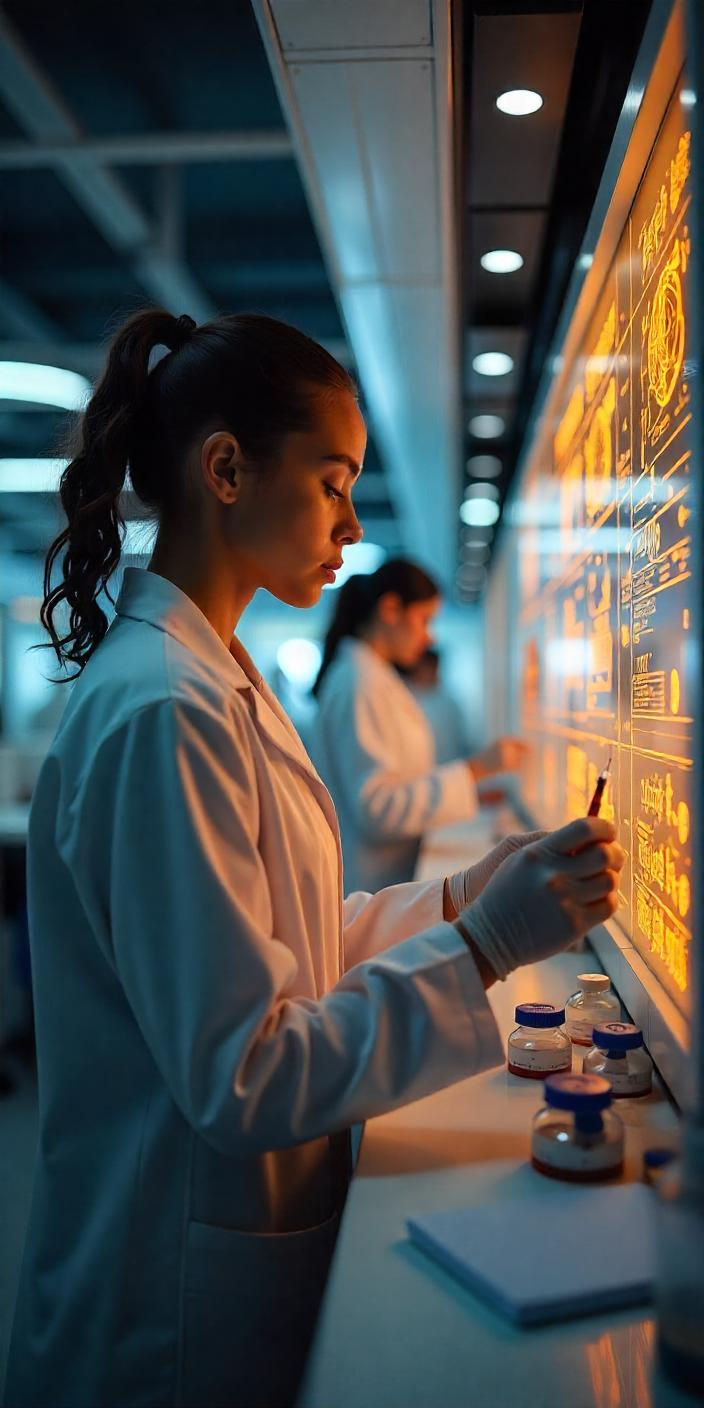Bio-Printing Bones: 3D Printers Tackle Skeletal Repairs
- drshriramsakisnu
- Mar 26
- 2 min read
Imagine a future where damaged bones can be replaced not with metal implants, but with living, bio-printed bone tissue that integrates seamlessly into the body. Thanks to advancements in 3D bioprinting, this future is closer than ever. Scientists and engineers are pioneering techniques to print custom bone grafts using bio-inks made of living cells and biomaterials, revolutionizing skeletal repair and regenerative medicine.
How 3D Bio-Printing Works
Bio-printing uses specialized 3D printers to create structures that mimic human tissues. Unlike traditional 3D printing, which relies on plastics or metals, bio-printing involves layering cells and biomaterials to build tissue-like constructs. For bone regeneration, bio-printers use a combination of stem cells, growth factors, and bio-compatible scaffolds to create living bone that can integrate with a patient’s natural skeletal system.
Breakthroughs in Bio-Printed Bones
Custom Bone Implants – By scanning a patient’s damaged bone and using bio-printing technology, researchers can create personalized bone grafts that match the exact shape and structure needed for repair.
Stem Cell-Infused Bone Scaffolds – Bio-printed bone scaffolds embedded with stem cells and growth factors can promote natural bone regeneration, reducing healing time and improving outcomes.
Hybrid Bio-Materials – Scientists are developing hybrid materials that combine biocompatible ceramics with living cells to create stronger, more resilient bone grafts.
Advantages Over Traditional Implants
Better Integration – Unlike metal or synthetic implants, bio-printed bones can fuse with natural bone, reducing the risk of rejection.
Faster Healing – Bio-printed grafts encourage natural regeneration, leading to quicker recovery times.
Reduced Surgery Risks – Personalized implants ensure a better fit, minimizing complications and post-surgical corrections.
Challenges and Future Prospects
Despite its promise, bio-printing bones is still in experimental stages. Key challenges include ensuring structural strength, optimizing cell viability, and scaling up production for clinical use. However, with continuous advancements in tissue engineering and regenerative medicine, 3D bio-printing could soon become a mainstream solution for bone injuries, fractures, and even complete skeletal reconstructions.




Comments